For Sale
The following items are listed by for sale by users of the site and dealers. They are in no way endorsed or guaranteed by www.oldswords.com
Add a Classified ItemYou can also receive regular email notifcations when items match your keywords. To recieve them just register or logon at the top right of this page.
- Nation : British
- Local Price : £795.00
- Nation : Spanish
- Local Price : £795.00
- Nation : British
- Local Price : £795.00
- Nation : British
- Local Price : £795.00
- Nation : British
- Local Price : £795.00
- Nation : British
- Local Price : £795.00
- Nation : British
- Local Price : £795
- Nation : German
- Local Price : £795.00
- Nation : British
- Local Price : £785
- Nation : British
- Local Price : £775
- Nation : French
- Local Price : £765.00
- Nation : British
- Local Price : £765.00
- Nation : British
- Local Price : £765.00
- Nation : German
- Local Price : £750.00
- Nation : British
- Local Price : £750.00
- Nation : British
- Local Price : £750.00
- Nation : British
- Local Price : £750.00
- Nation : British
- Local Price : £750.00
- Nation : British
- Local Price : £750.00
- Nation : British
- Local Price : £750
- Nation : Russian
- Local Price : £750.00
- Nation : American
- Local Price : £750.00
- Nation : British
- Local Price : £745.00
- Nation : Russian
- Local Price : £725.00


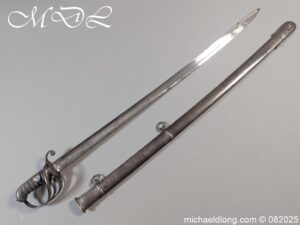

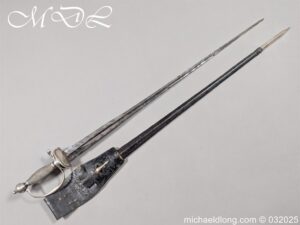

.jpg)


.jpg)
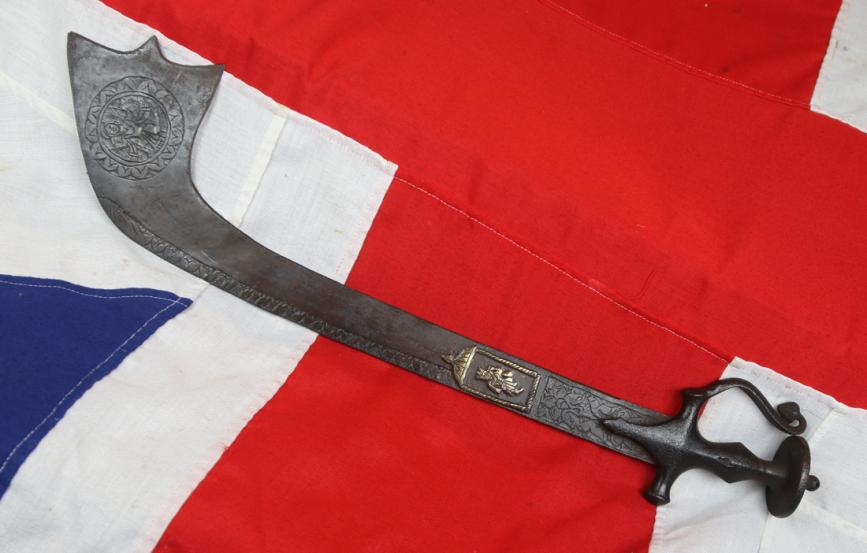
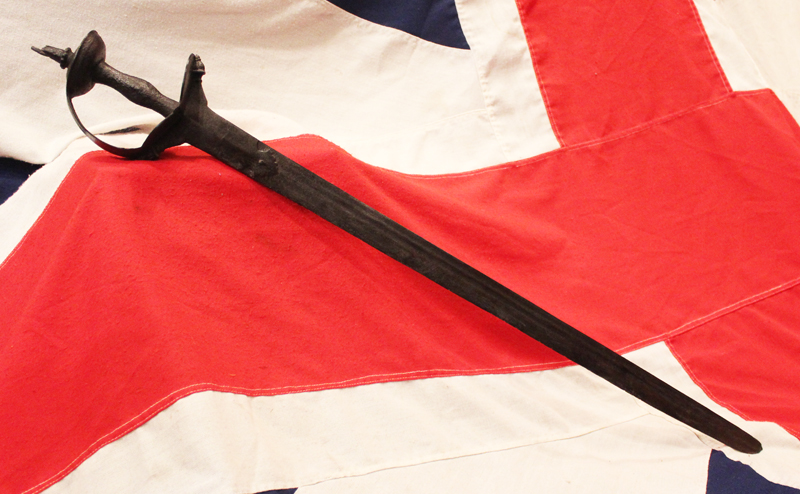
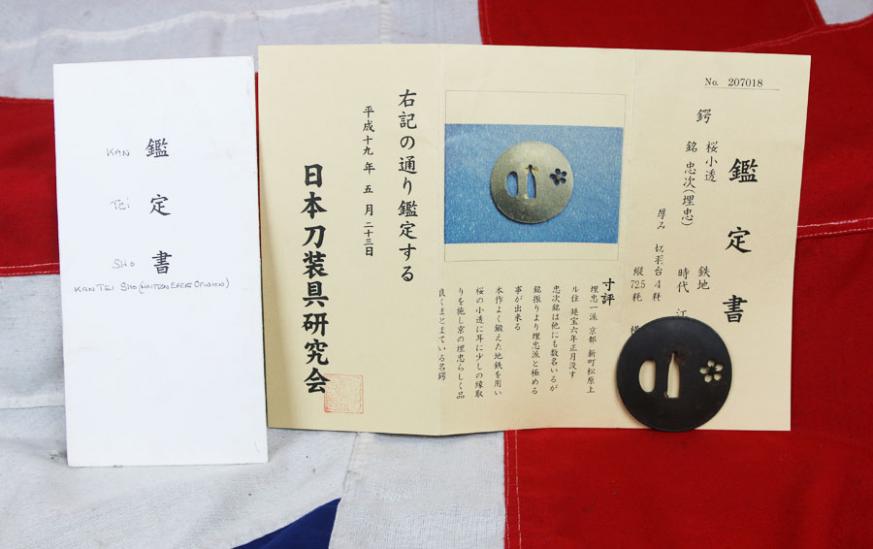
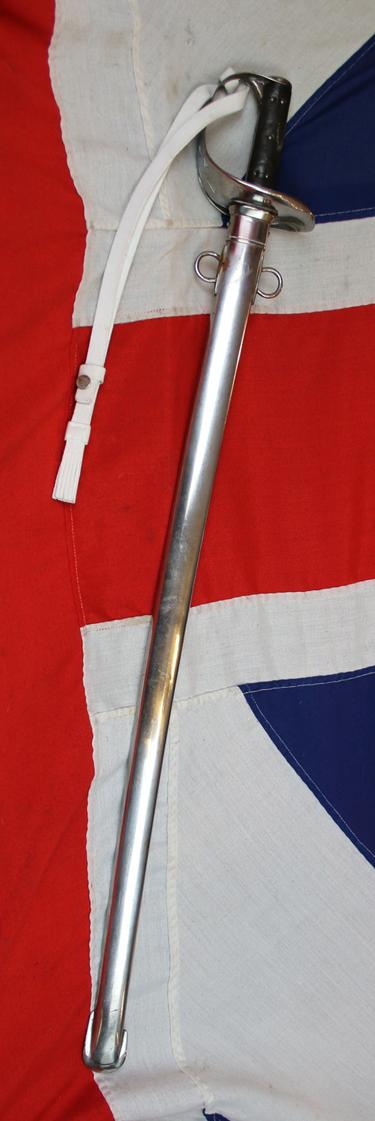

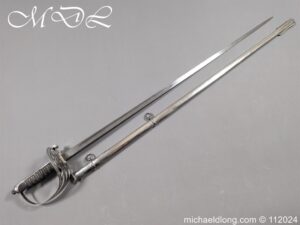
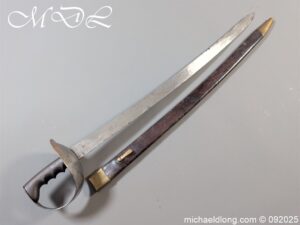






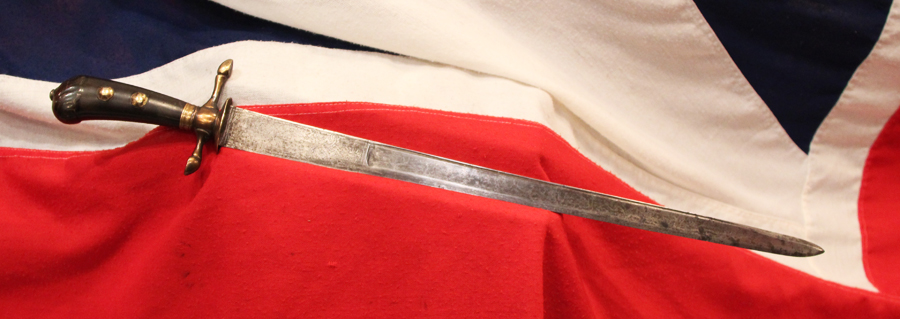
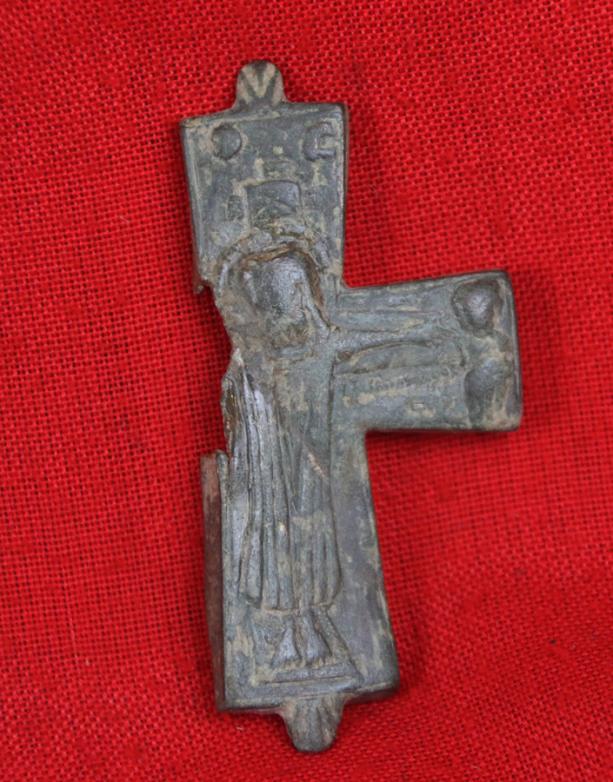
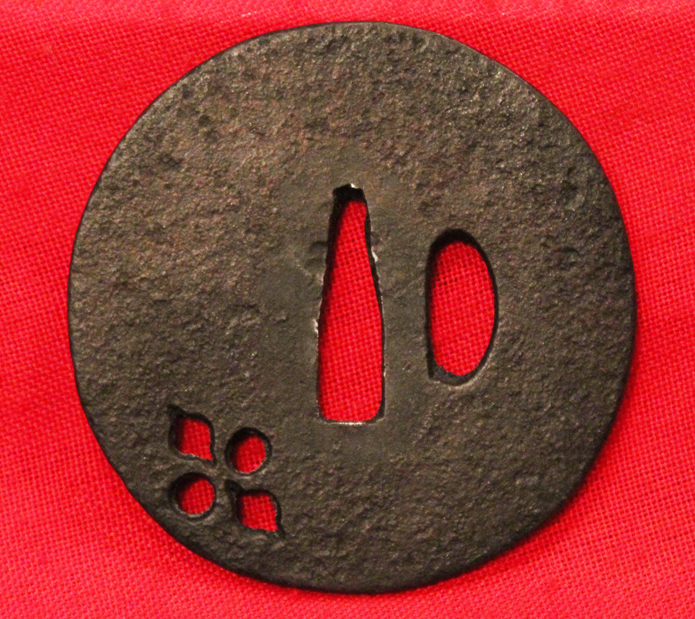
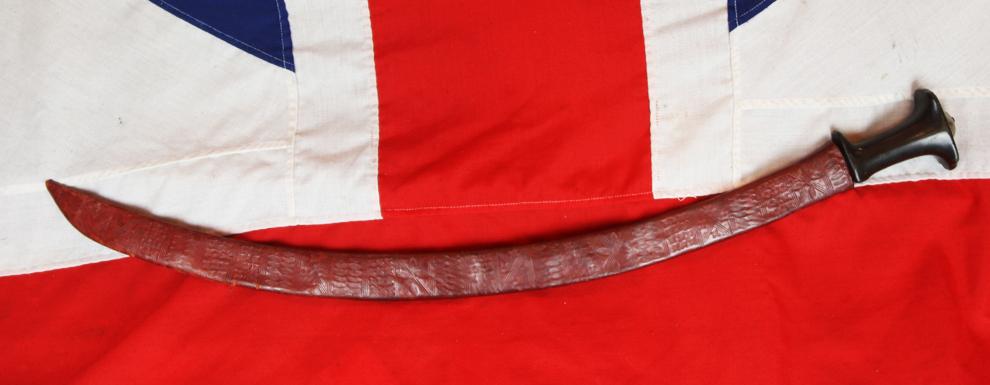

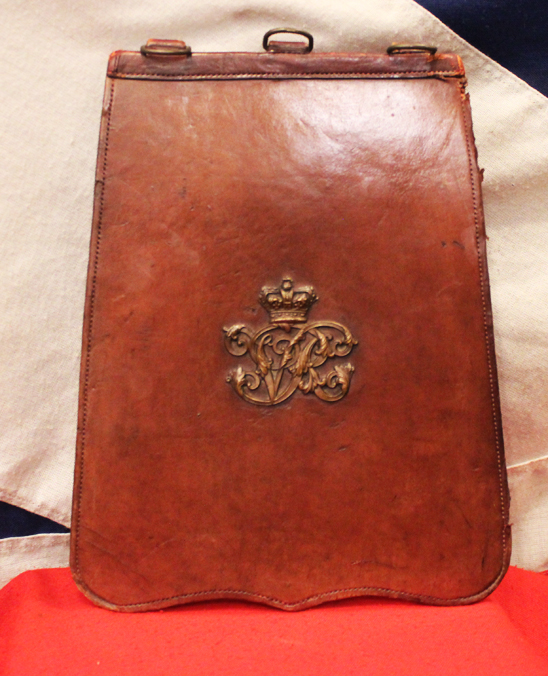
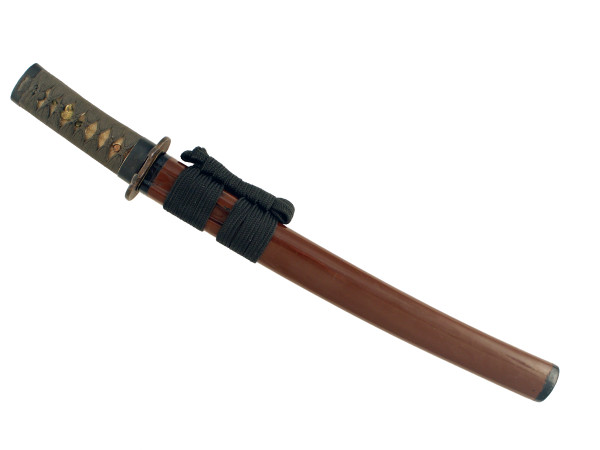
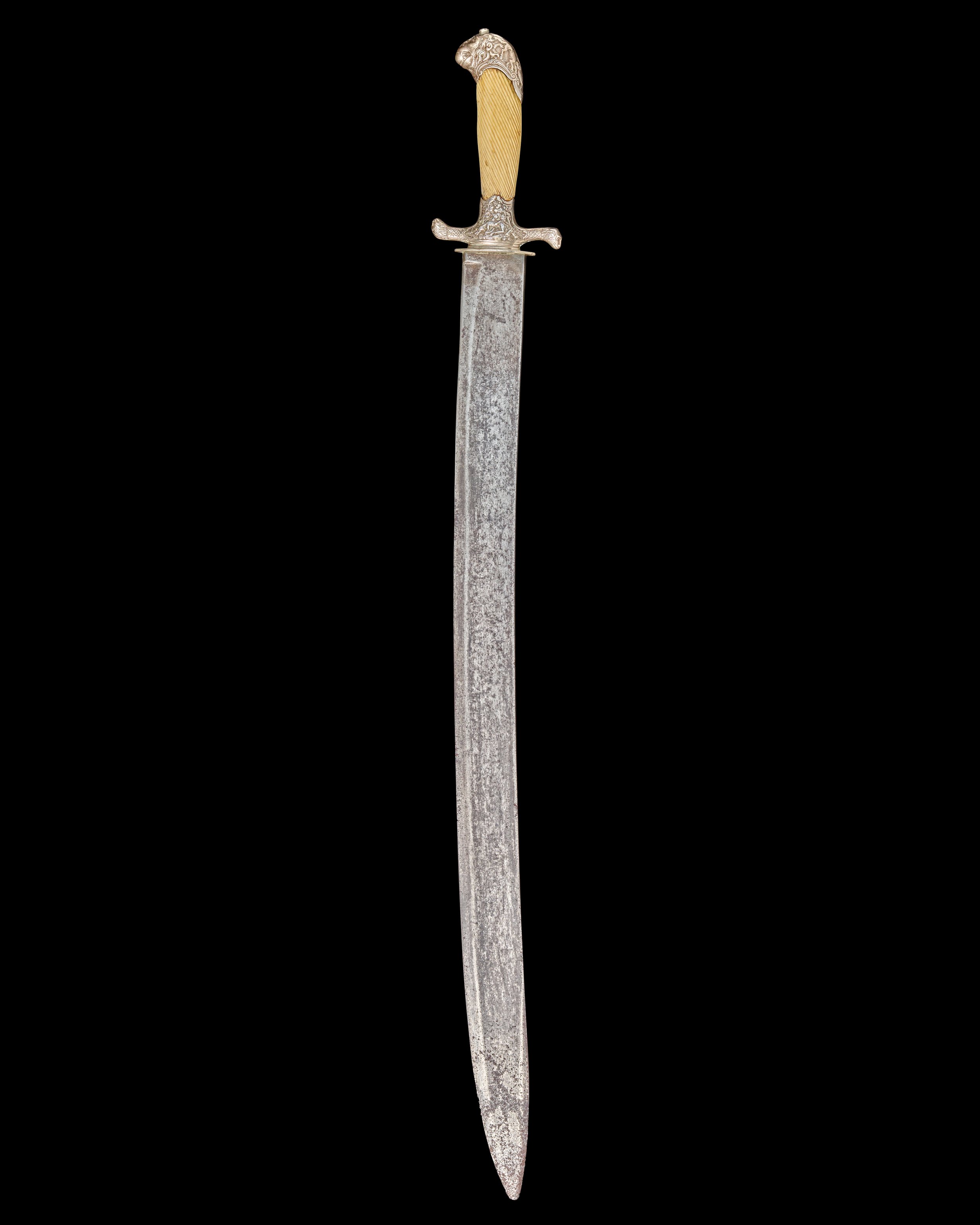
.jpg)

.jpg)